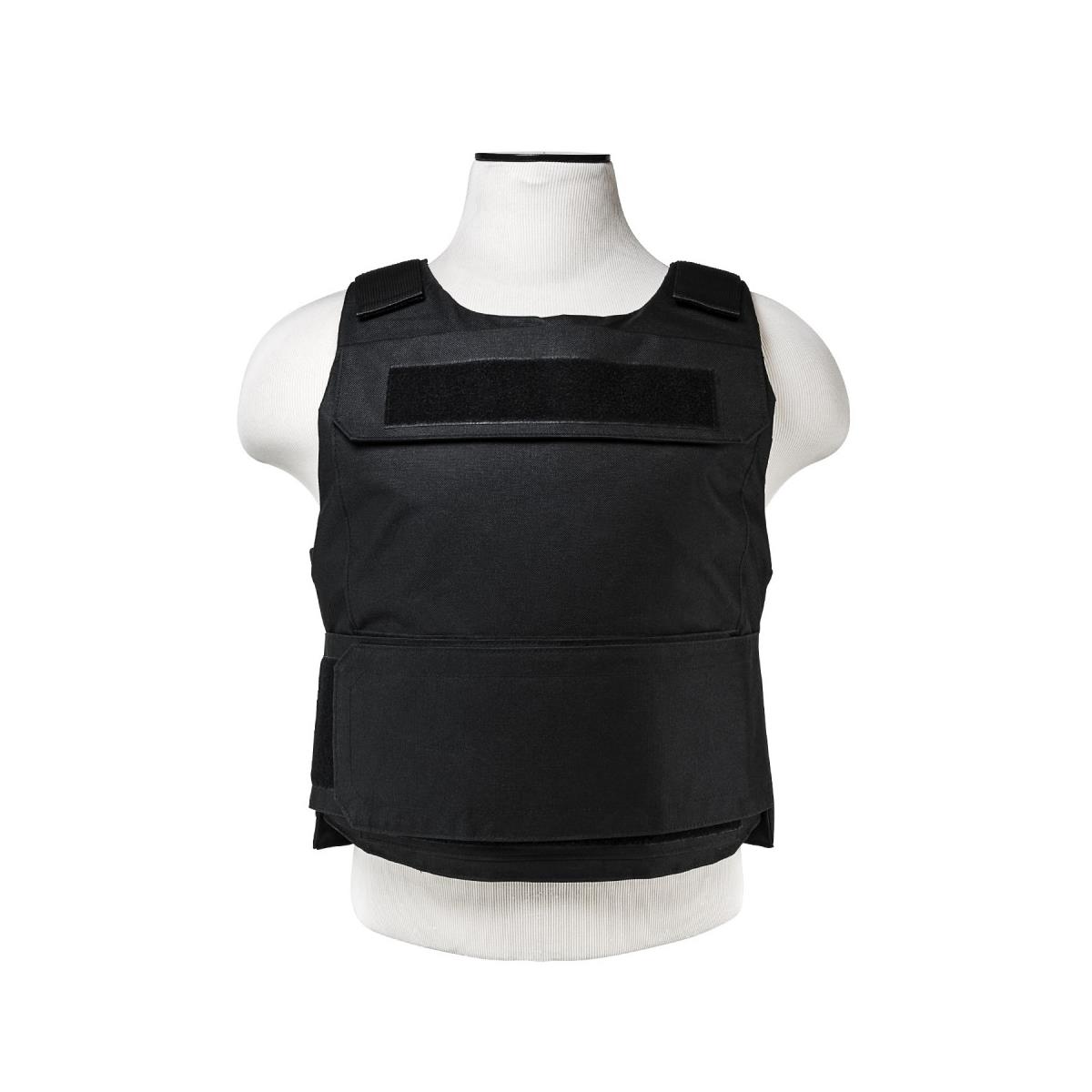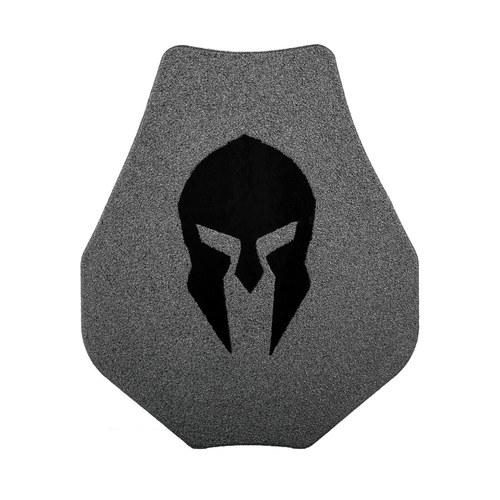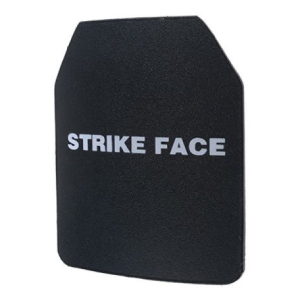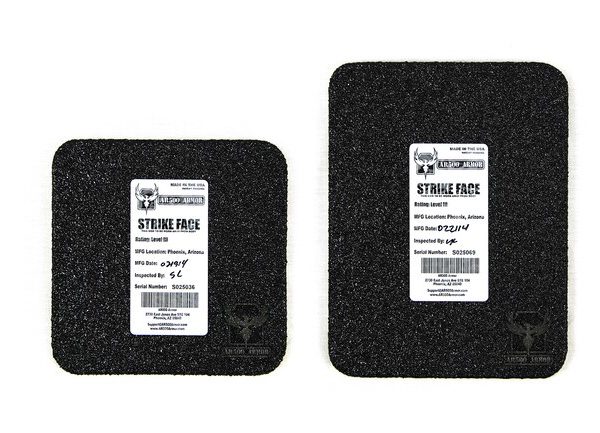After doing quite a bit of research on line I wasn’t really able to find a good guide to personal protective equipment (PPE) necessary when covering protests where police are launching tear gas and employing other crowd control munitions or people are shooting each other. I’ve tried to make a round up of all the types of protection out there and additional resources to aid people who are looking to stay safe.
Body Armor
There is always a risk of violence associated with covering a protest. Recently, a disturbing trend of press being targeted specifically only emphasizes the need to consider carefully whether or not it is wise to wear some form of personal protection. The National Institute of Justice (NIJ) has compiled lists of body armor that comply with federal standards for ballistic resistance, stab resistance, or both, and then classified these compliant armors in a range of ‘Threat Levels’ from class II (lowest) to class IV (highest). For photojournalism coverage of protests — where ease and speed of movement must also be considered along with level of protection — I recommend three classes at the higher end of this range:
Level IIIA (+)
Level III armor will resist all pistol rounds including police issue. These come in both soft and hard plate form. “+” is appended by manufacturers to denote Kevlar that is knife resistant. There is a separate rating for how knife resistant something can be (Spike resistance) but often these vests do not tested to this standard.
Level IIIA covers bullets up to a .357 SIG and .44 magnum with bullet mass of 15.6 g and a velocity of 1340 ft/s.
Level III
Counter intuitively Level III armor is more resistant then IIIA and will resist most non armor piercing rifle rounds including the AR 15, AK 47 and M4. These come in hard plate form and more rarely Kevlar but I have yet to see one listed. If you are getting this level you will probably be getting plates which are inherently knife resistant. Depending on the material if you do get stabbed it can reduce the effectiveness of your armor.
Level III covers bullets up to a 7.62 mm
FMJ, steel jacketed bullets with a specified mass of 9.6 g and a velocity of 2780 ft/s.
Level IV
Level IV armor is the highest level and will resist armor piercing (AP) bullets. These I have only seen come in hard plate form but there is writing in the standard to accommodate the soft Kevlar version as well. This is the type of armor you’ d take into a war zone and should keep you plenty safe. Being a plate it is inherently knife resistant.
Level IV covers bullets up to a 30 caliber
armor piercing (AP) bullets with a specified mass of 10.8 g and a velocity of 2880 ft/s.
IMPORTANT!
Nothing is truly bullet proof and armor just reduces the risk of death when being shot.
If in the course of your coverage you are arrested, wearing armor will be used against you as evidence.
Materials
Just as important as the levels are the materials of which the armor is made. There are three main types of materials that body armor is made of: Ceramic, Steel (plates) and Kevlar (soft armor). The there are a number of differences between plate and soft armor. Soft armor generally has better coverage then plate because it wraps around your body. Soft armor also be lighter and more flexible to move in. Soft armor is a compromises protection as it won’t stop rifle rounds. Some soft armor has pockets for plates but now you are compounding your weight load. Plates have better protection but also only cover your core. Steel is heaver then ceramic and has other factors to consider below.
Mobility is key in a civil unrest situation where guns are involved. Dan Johnson, a photojournalists in Pennsylvania, reminds you to ask these key questions. Can you carry the armor, the carrier and the gear? If needed can you run with all of it? If you fall can you get back up? Keep in mind your body type and physical characteristics when choosing as that will determine the weight, type of cut or if you need a female cut style body armor. If you can try some armor on in person first that is ideal in helping you make your decision. In addition make sure you carry an individual first aid kit, a tourniquet and having the knowledge of how to them it is vital.
Kevlar
Kevlar, developed by DuPont in 1965, is a brand name for ballistic fabric. The technical name for it is aramid fiber which is a class of heat-resistant and strong synthetic fibers which is what make up ballistic-rated body armor fabric and ballistic composites. Due to being fiber based it isn’t inherently resistant to punctures or slashes.
Pros
- Flexible
- Breathable
- Lightweight
- Comes with integrated Trauma Pad and Vest
- Wrap around vest offers side protection
Cons
- Not generally knife resistant
- Expensive
- Won’t stop rifle bullets
- Degrades over time (goes bad) and won’t stop bullets
- Do not buy used!
Steel Plate
This is what it sounds like; basically just a hunk of steel. Often you’ll see the denotation “AR” and after which will be 400, 500 or 650; denoting the hardness of that type of steel. It comes typically with at least one build up coat of spall liner. Steel Plate suffers from one significant drawback: If a projectile strikes it correctly, fragments of that projectile may travel laterally along the surface of the plate, ultimately embedding themselves in adjacent tissue (for example, the chin, arms, legs, or groin). This is called ‘spalling’, and is prevented by one or more coats of a material that helps to reduce this action. One coat helps, but it’s much better to look for a product with multiple coats of spall liner to help prevent this dangerous side effect.
Pros
- Inexpensive
- Thin
- Multi-hit capable
- Up to a level IV rating
Cons
- Heavier
- High blunt force trauma/ energy transfer
- Spalling
- Can be vulnerable to high velocity threats
Ceramic Plate
This is my catch all for any composite blend of plating. The most common ceramic materials used for armor applications are alumina, boron carbide, silicon carbide, and titanium diboride. In addition you can find plates backed with pure polyethylene, polyethylene composite plates of various mixes and other types of composite plates. The differences can be pronounced and some specifically address the issues raised below which usually also increases the price. When shopping defer to to the rating the armor receives.
Pros
- Most likely to stop armor piercing rounds
- Light
- Do not produce dangerous spall when hit
- Up to a level IV rating
Cons
- Really Expensive
- Can’t take multiple hits to the same spot
- Thicker then steel
- Sustainable to high temps (trunk of a car on a hot day)
- Sustainable to low temps (Chicago in winter)
- Relatively fragile, especially if dropped on the corners
Avoid
Unlike gas masks you are trusting this gear with your life. Your risk tolerance is up to you but I’d say these are generally the things to avoid
- Wish.com body armor
- If it is quite a bit cheaper then everything else
- Used ceramic and Kevlar body armor
- If it claims a NIJ rating but doesn’t talk about where it was tested
Plate Carriers and Cuts
If you’ve decided to go the route of plates there are three things to consider; The cut of the plate itself, the plate carrier, and the presence or absence of a trauma pad (spoiler: you want it to be present).
Plate Carrier
Firstly you’ll need to measure yourself for a plate carrier. Shooters are trained to aim for center mass so that’s where you want the plate to cover. If you look up a gun range target you want protection on all the high scoring areas. The combo of size of plate carrier and the size of plate that you need will help determine what carrier you buy. There are lots of options and prices associated with a plate carrier. These directly translate to comfort, the ability to tack things on to your plate carrier with various webbing systems and if you have slots for side protection if you so choose. This is what I bought:

Visim Discrete Plate Carrier
This is what I ended up getting. It’s super cheap, doesn’t add any bulk and has a front and hook and loop (Velcro) patch to put press badges. It probably won’t stand up to multiple rounds because the shrapnel will rip it to shreds but since it is protest and not combat I am not expecting to get shot a ton in rapid succession by multiple targets. Traditionally press plate carriers are blue so that it was easier to distinguish them from combatants. Call it a hunch but I’d say those days are probably gone so get the color that best suits your needs.
Plate cuts + sizes
There are three styles of cuts. Rectangle, Shooters and Swimmers. What you want here is a Shooter’s cut for the front and a Retangular plate for the back and side plates if you opt for them. If you need a swimmer’s cut I am not sure what type of protest you’ve ended up at but it sounds like you’re going to have a bad time.
Another thing to keep in mind is plate sizes. Plates come in 8×10, 10×12, 11×14. Make sure the plate you get will cover all the core vitals of your body while still allowing you to move freely. A way to think about this is to look at a shooting target and try to have the armor cover as much of the point areas as you can.



Trauma Pad
This is a bit of foam that sits between your plate and your body. When a bullet hits your plate the force has to go somewhere and that somewhere is you. It also concaves the plate so if you don’t have a trauma pad then even though the plate may have caught the bullet the bullet + plate combo can still penetrate you. A trauma pad is a bit of foam that sits between the plate and you to help mitigate that. These are sometimes built into higher end plates but if you can afford the added heat and bulk a little more never hurts.
Helmets
Pretty much all helmets are Level IIIA so pick one that you like. Though I contemplate upgrading I use a snowboard helmet to protect from less than lethal rounds ¯\_(ツ)_/¯
Arms and Shins
Another tip is to get guards for your forearms and shins. Allen McInnis, a photojournalist who has covered many protests over the years, points out that “Cops and protestors trying to stop the media from taking pictures like to kick you in the shin, it hurts, it almost stops you dead, leaving you open to god knows what that might come next.” Shin guards from a soccer supply or sporting good store can make the difference here. Shin guards on your forearms will help when being beat with a police baton as the natural reaction is to put your arms up to defend yourself. The most effective way to use a baton is to aim for the boniest parts of the body to inflict the highest amount of pain and your forearms are just that.
What I use
I saved this for last for a reason. In a classic hypocritical “Do what I say not what I do” moment, the plate I use I wouldn’t recommend to others. It was cheap, it says it is rated IIIA but doesn’t appeared to be tested by an independent lab, has only been reviewed by a super sketchy YouTuber, it isn’t on NIJ’s list, it’s made of steel with not enough spall liner layers and for steel it’s really light. I like it because it is definitely stab proof and while I wouldn’t trust it to take care of the higher caliber threats like a magnum it should hold up fine to most 9mm and .45 sidearms I’ll run into. Considering where the world is headed right now I am seriously considering upgrading to Level III plates.